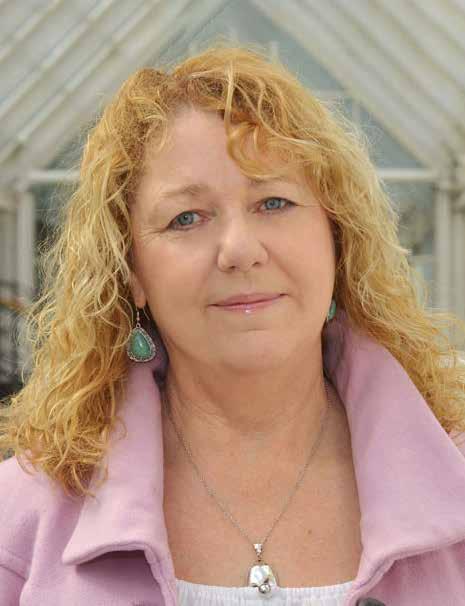MURRAMARANG
Melting In the city, in springtime, Anna steps out into drifts of hail the size of boulders, into floods and gale-force winds, and thinks of billions of tons of ice, flowing faster than snowfall replenishes. An iceberg breaks off from Ross ice shelf, and the Bay of Whales ceases to exist. Ice that trapped Shackleton and crushed his ship, the floes that proved impassable all melting now, faster and faster, locked into a process already begun. An extra five metres added to sea levels will mean submerged buildings and motorways, the coastline another Atlantis. Shackleton gave Frank Hurley his mittens, suffering frostbite himself, so the photographer could walk out into his frozen image, as though part of some vanishing point in another century. Burning fossil fuels have already melted the first two sections of the Larsen ice shelf. Now the third and most massive section, an iceberg twice the size of Samoa, calves off into the South Atlantic Ocean, shatters like safety glass. A century ago Carl Larsen, master of the Norwegian whaler Jason, sailed past that sculpted ice front from Cape Longing to Heard Island, stunned by its fringing bays. Anna decides she must see glaciers, before they all vanish.
She leaves on a cruise ship for Alaska, aware of the many differences between her journey and those others. Winter is rising, but the peaks of distant mountains are barely touched with white. On the eighth day the ship approaches Hubbard Glacier which surges towards the gulf, blue beneath the waterline and just above it. Ice blue as blown glass or ammonite shell calves off like bubble-foam. Anna hears the glacier split, broken floes drifting by the boat, imagines a migration of fish, birds, mammals. When they dock at Ketchikan, she will buy a piece of ammonite shell as a memento. On a rocky island nearby, sea-lions stretch out in the sun, as the world that survives grows smaller.
Š liveencounters.net POETRY & WRITING Volume One December 2020 Celebrating 11th Anniversary


















